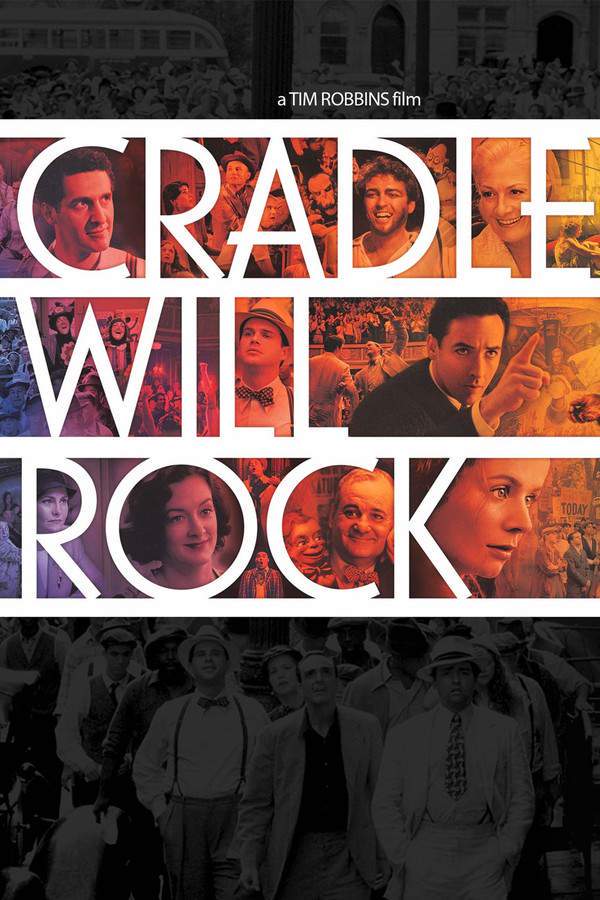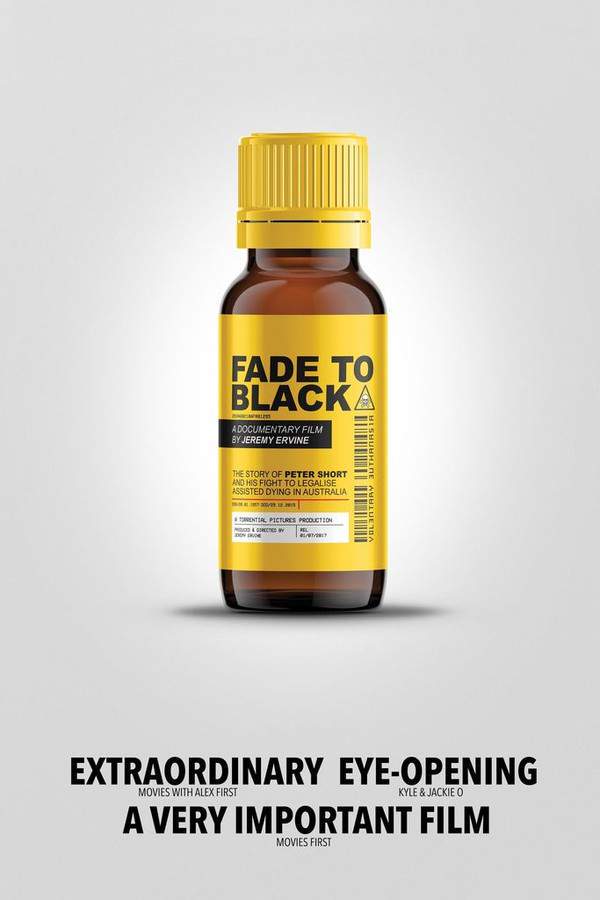
RKO 281
Year: 1999
Runtime: 84 mins
Language: English
Director: Benjamin Ross
What appeared on screen was eclipsed by the drama behind it. In 1939, prodigious young Orson Welles, already a radio and theater sensation in New York, is recruited by RKO Pictures and heads to Hollywood to helm his very first feature film, setting the stage for a legendary, tumultuous production.
Warning: spoilers below!
Haven’t seen RKO 281 yet? This summary contains major spoilers. Bookmark the page, watch the movie, and come back for the full breakdown. If you're ready, scroll on and relive the story!
RKO 281 (1999) – Full Plot Summary & Ending Explained
Read the complete plot breakdown of RKO 281 (1999), including all key story events, major twists, and the ending explained in detail. Discover what really happened—and what it all means.
In 1940, Orson Welles, George J. Schaefer, and Herman J. Mankiewicz labor to shape what will be celebrated as the greatest American film, Citizen Kane. The story unfolds as Welles and William Randolph Hearst, a powerhouse publisher, attend a party at Hearst Castle. It is there that the charismatic yet hypocritical, tyrannical figure of Hearst sparks the core idea for a film that would pull back the curtain on his life. The ambition is immense, and the three men—Welles, Schaefer, and Mankiewicz—feel the weight of a project that could redefine cinema. The lure of a bold, behind-the-scenes look at a real magnate drives Welles to push forward, even as Mankiewicz worries about the wrath Hearst could unleash if the project veers too close to truth.
At the outset, Welles is eager to claim credit for nearly everything, including the script, and this stance creates a rift with Mankiewicz, who sees the risk in such a solitary claim. The clash is sharp: Welles insists on his prerogative, and the two men cut ties as tensions mount. Yet the situation evolves as Welles reassesses his approach and reaches out to Mankiewicz, inviting him to stay on and continue redrafting the screenplay, which effectively grants them joint credit in the end. The relationship that had been a source of creative energy becomes strained, but the core idea endures, shaping the film’s voice and structure even as the behind‑the‑scenes battles intensify.
The drama intensifies when the gossip columnist Hedda Hopper, who had seen an early press screening, reveals to the public that Welles’ project is not a mere biography but a thinly veiled and highly unflattering portrait of Hearst. This revelation empowers Hearst to wield his substantial influence to try to block the film’s release. Hopper’s watching eye and Hearst’s power create a chilling dynamic: the studio faces serious pressure, and the film’s fate hangs in the balance. Amid this pressure, Hearst’s mistress, Marion Davies, endures the indignity of a life put under the microscope as the project’s flames threaten to scorch personal reputations. Davies, in a striking turn of pragmatism, provides financial help to Hearst when his resources dwindle, selling off valuables and tendering funds in the form of a check to steady the spiraling fortunes of the moment. The personal and political entanglements deepen, underscoring how fragile the path to release can be when a single life becomes the movie’s central mirror.
With the film’s release repeatedly delayed by harassment and the fracturing of the Welles–Mankiewicz collaboration, the process also deals a serious blow to George J. Schaefer and the studio leadership. The public pushback, the strategic suppression of publicity, and the resulting tepid box office all contribute to a climate of caution around the project. Yet, despite these heavy headwinds, the film eventually reaches theaters. The release is muted, its promotion restrained by Hearst’s ban on mentions across his publications, which casts a pall over the film’s initial commercial performance. Still, the work maintains its power and resonance, preserving the momentum that brought it to light in the first place.
In the end, the creator’s conviction stands tall. Orson Welles emerges with the satisfaction of having brought to life a work that reshaped storytelling and cinematic language. Citizen Kane earns its place among the most critically acclaimed films in cinema history, a testament to daring artistry under immense pressure. The journey—from a party at a castle to a groundbreaking screen achievement—becomes a testament to enduring ambition, creative resilience, and the complicated interplay of art, power, and reputation.
Last Updated: October 09, 2025 at 10:52
Unlock the Full Story of RKO 281
Don't stop at just watching — explore RKO 281 in full detail. From the complete plot summary and scene-by-scene timeline to character breakdowns, thematic analysis, and a deep dive into the ending — every page helps you truly understand what RKO 281 is all about. Plus, discover what's next after the movie.
RKO 281 Timeline
Track the full timeline of RKO 281 with every major event arranged chronologically. Perfect for decoding non-linear storytelling, flashbacks, or parallel narratives with a clear scene-by-scene breakdown.

Characters, Settings & Themes in RKO 281
Discover the characters, locations, and core themes that shape RKO 281. Get insights into symbolic elements, setting significance, and deeper narrative meaning — ideal for thematic analysis and movie breakdowns.

Similar Movies to RKO 281
Discover movies like RKO 281 that share similar genres, themes, and storytelling elements. Whether you’re drawn to the atmosphere, character arcs, or plot structure, these curated recommendations will help you explore more films you’ll love.
Explore More About Movie RKO 281
RKO 281 (1999) Scene-by-Scene Movie Timeline
RKO 281 (1999) Movie Characters, Themes & Settings
RKO 281 (1999) Spoiler-Free Summary & Key Flow
Movies Like RKO 281 – Similar Titles You’ll Enjoy
Cradle Will Rock (1999) Movie Recap & Themes
Magician: The Astonishing Life and Work of Orson Welles (2014) Full Movie Breakdown
Fade to Black (2004) Full Movie Breakdown
I’m King Kong!: The Exploits of Merian C. Cooper (2005) Plot Summary & Ending Explained
RKO Production 601: The Making of “Kong, the Eighth Wonder of the World” (2005) Full Movie Breakdown
The Winds of War (1000) Film Overview & Timeline
Hollywood Out-takes and Rare Footage (1983) Spoiler-Packed Plot Recap
With Orson Welles: Stories from a Life in Film (1990) Detailed Story Recap
Here’s Looking At You, Warner Bros. (1991) Spoiler-Packed Plot Recap
The RKO Story: Tales From Hollywood (1000) Story Summary & Characters
Filming Othello (1978) Spoiler-Packed Plot Recap
The Battle Over Citizen Kane (1996) Full Movie Breakdown
Orson Welles: The One-Man Band (1995) Ending Explained & Film Insights
Rosabella - La storia italiana di Orson Welles (1993) Film Overview & Timeline
Hollywood Cavalcade (1939) Full Movie Breakdown

















